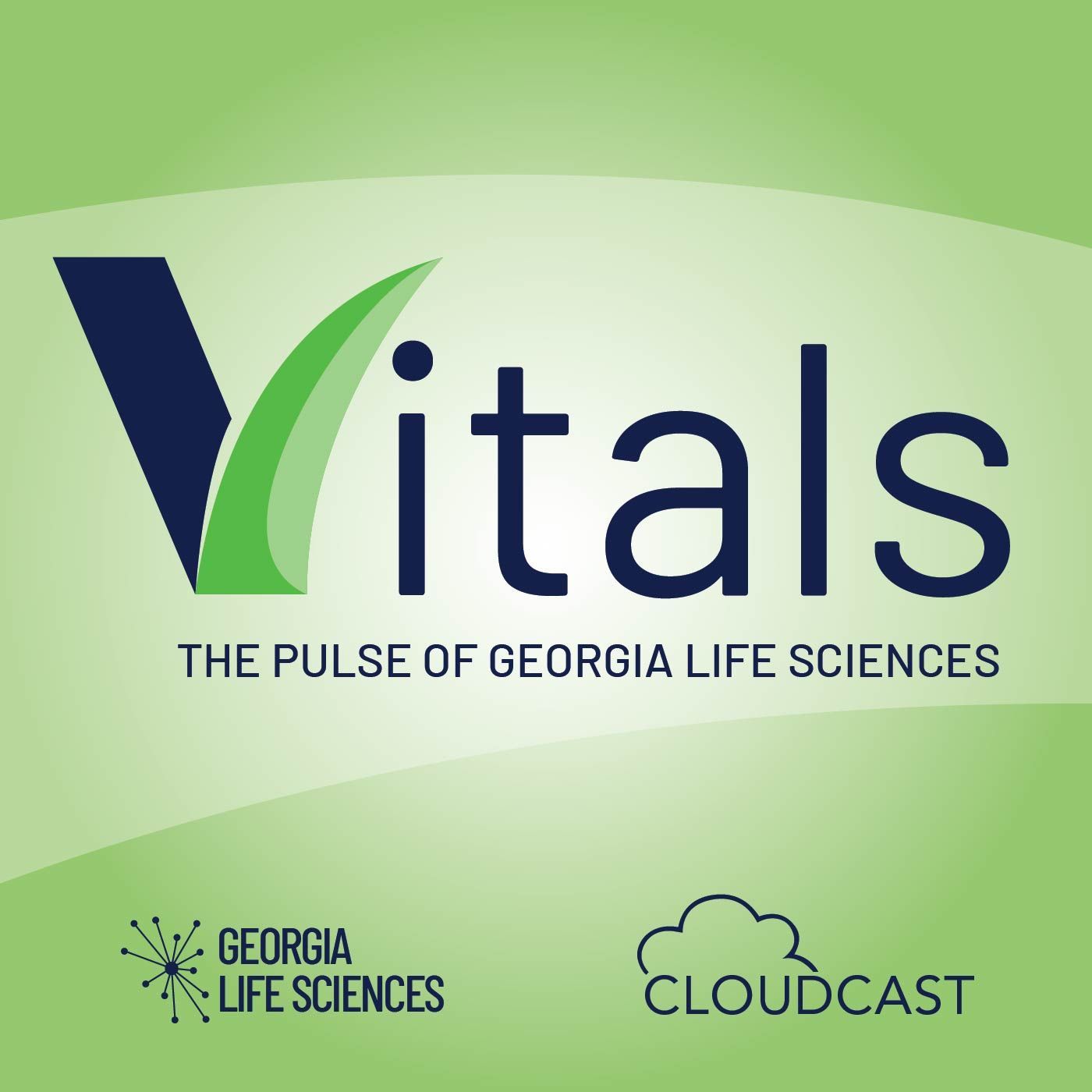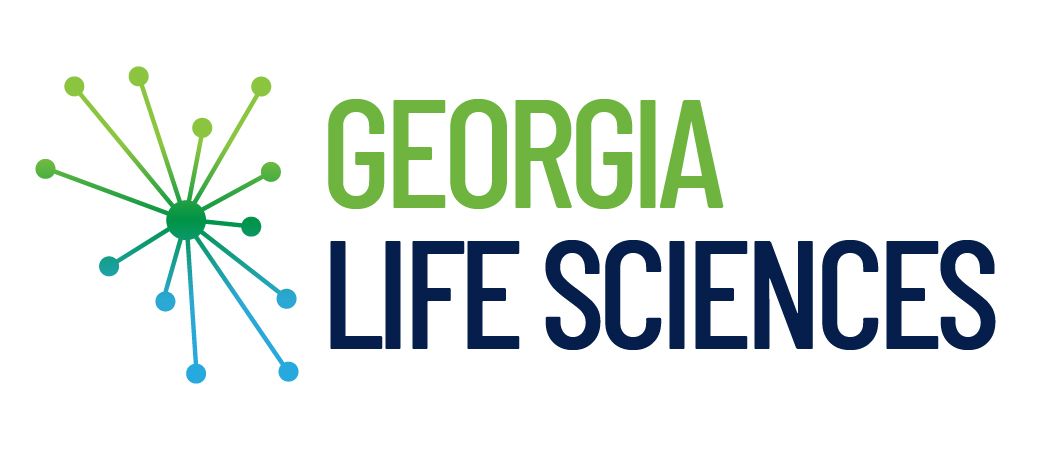Georgia Bio Names Westminster School Junior as Georgia BioGENEius Winner
Ananya Ganesh Advances to Philadelphia in International Competition Against Top Students
Atlanta, GA (April 10, 2019) – Georgia Bio and the Georgia BioEd Institute today named Ananya Ganesh, a junior at The Westminster Schools in Atlanta, GA, as the winner of the 2019 Georgia BioGENEius Challenge, the premier competition for high school students that recognizes outstanding research and innovation in the biotechnology field. As Georgia’s BioGENEius finalist, Ananya will attend the 2019 BIO International Convention, the industry’s trade conference from June 3-6 in Philadelphia, PA where she will engage with leading companies, scientists and innovators currently transforming the scientific landscape in order to gain valuable insights into an industry making significant contributions to the world.
While in Philadelphia, Ananya will compete against high school students from the U.S., Canada and Germany in the International BioGENEius Challenge. The student projects will represent a range of biotechnology topics such as healthcare, agriculture, and the environment.
Ananya’s award-winning research uses algorithms to assess and classify lung function in young children with Early Onset Scoliosis (EOS). The purpose of this project was to develop a prediction model for lung function using the shape of the rib cage, and to create a functional classification method for EOS patients. This classification method can replace the traditional testing method of spirometry, which typically provides unreliable results in children.
“The BioGENEius Challenge highlights the breakthroughs made when we invest in and encourage young people to pursue their ideas,” said Georgia Bio President and CEO Maria Thacker. “Georgia Bio is thrilled that Ananya will represent our state at the upcoming BIO Convention. We are proud to support this Georgia scholar as she develops tomorrow’s healthcare innovations.”
Georgia Bio also congratulates the Georgia BioGENEius runner-up, Nicole Frey of Paulding County High School in Dallas, GA. Frey’s project focused on isolation of the chiA gene from a soil bacterium, Serratia marcescens. The chiA gene codes for an enzyme that breaks down chitin, the primary component of the cell walls in fungi. This gene could be inserted into plants to help them defend against disease-causing species of fungi.
Judging the 2019 Georgia BioGENEius were Jamie L. Graham, Kilpatrick Townsend & Stockton; Ralph L. Cordell, CDC; Teshome Mebatsion, Boehringer Ingelheim; and Ian Biggs, UGA.
National and International winners will be announced during June 3-6, 2019 BIO International Convention. Winners will receive cash scholarships.
Follow the BioGENEius Challenge: Throughout the challenge, @BiotechInstitutwill be tweeting interviews, photos, and engaging with the biotechnology community by using the hashtag #BioGENEius.
About the Biotechnology Institute
The Biotechnology Institute is an independent, national nonprofit organization dedicated to education about the present and future impact of biotechnology. Its mission is to engage, excite and educate the public, particularly students and teachers, about biotechnology and its immense potential for solving human health, food and environmental problems. For more information, visit www.biotechinstitute.org.
About the GeorgiaBioEd Institute
The Georgia BioEd Institute is a division of Georgia Bio, a 501(c)(3) nonprofit organization serving the state’s life science industry. The Institute’s mission is to strengthen Georgia’s life sciences workforce pipeline through classroom-to-career initiatives that align with industry needs. Learn more at www.georgiabioed.org
| www.gabio.org.
The post Georgia Bio Names Westminster School Junior as Georgia BioGENEius Winner appeared first on Georgia Bio.





